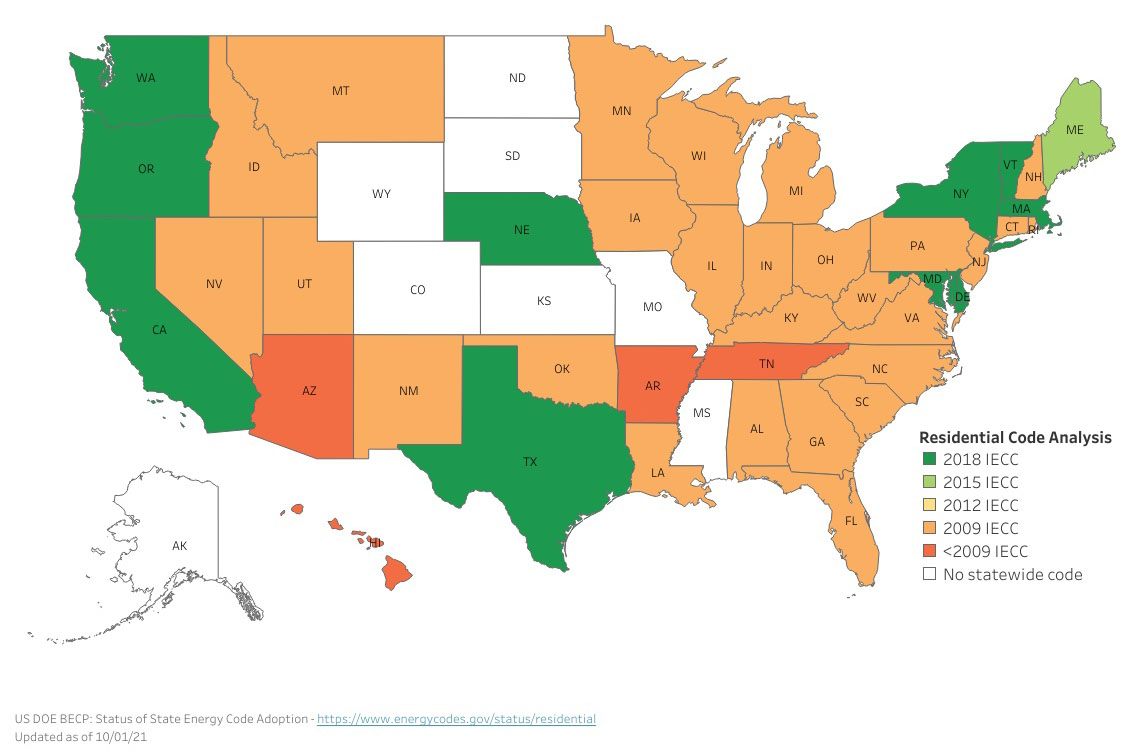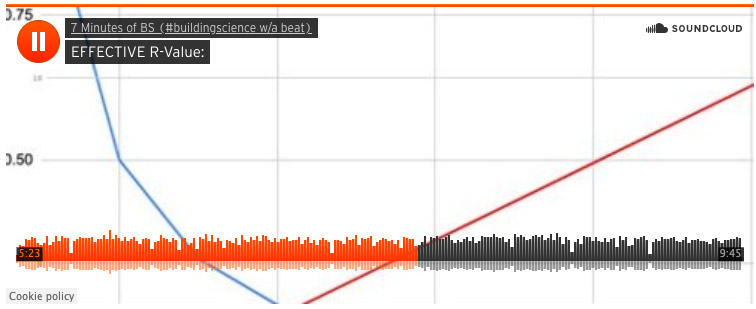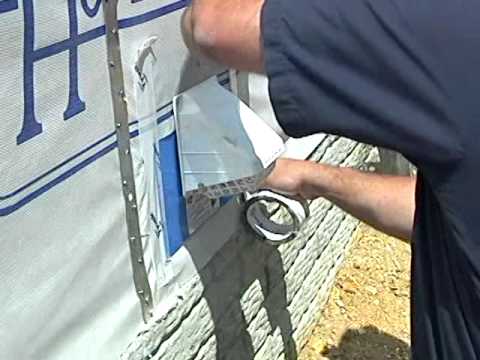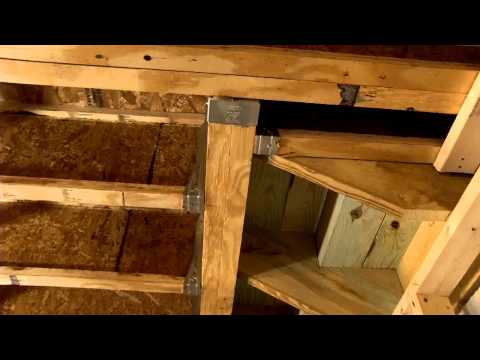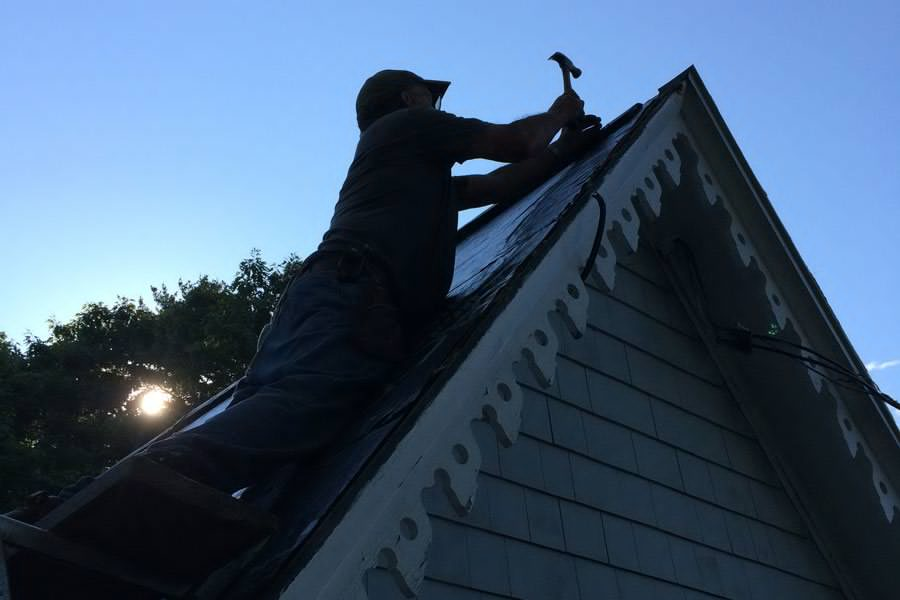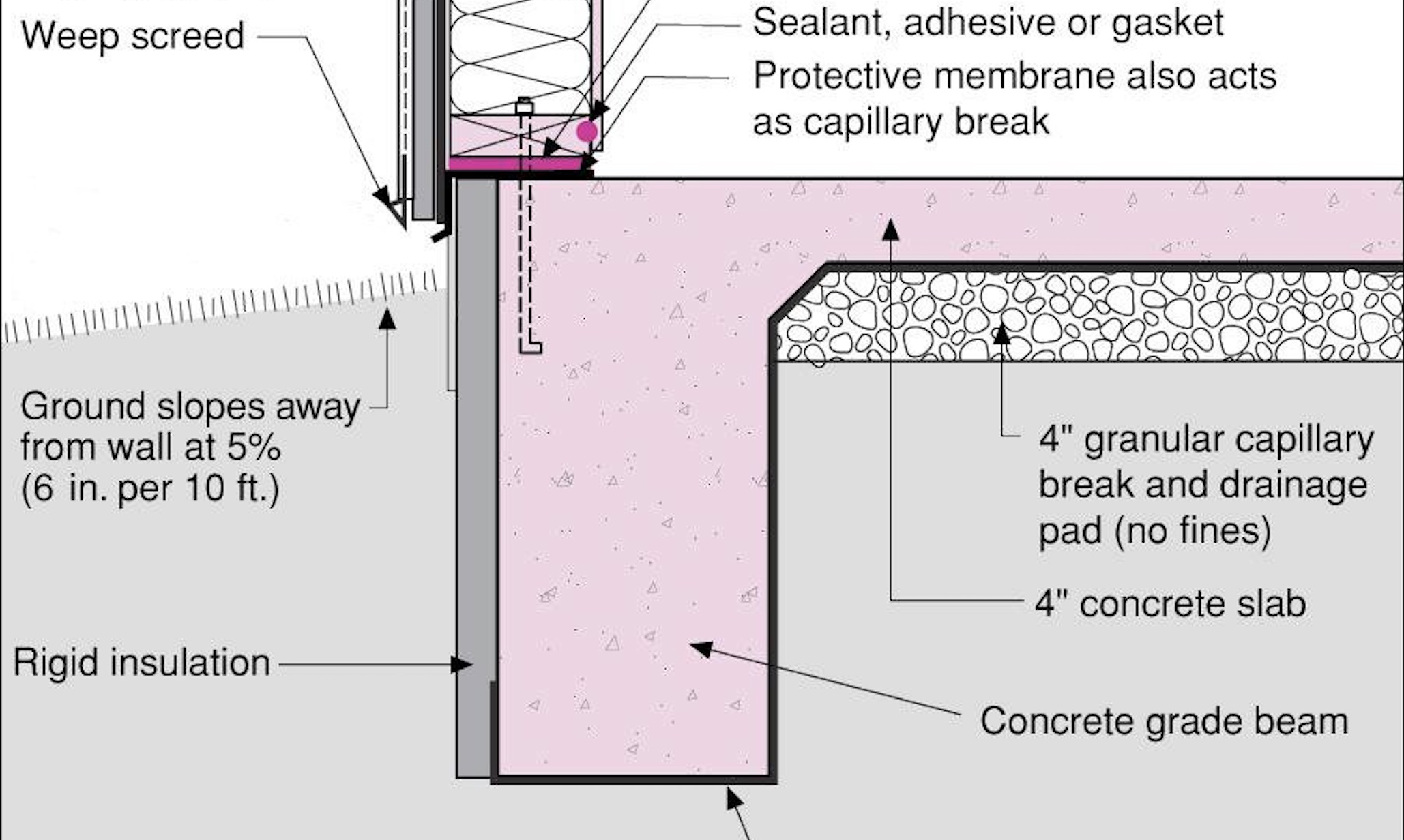A lot has happened in 2021, so people can be excused for not noticing new provisions and updates to the 2021 International Energy Conservation Code (IECC).
Whether you noticed it or not, there are new words inside the codebooks this year. This isn't a surprise because it happens every three years when the ICC updates the books to translate proven engineering into minimum acceptability standards.
The updates in the 2021 energy code are predictable: more insulation and lower energy rating index targets. You also have to get your ducts tested for airtightness, so it may be worth investing in a duct blaster. Specific updates to the energy conservation code follow.
Increased prescriptive attic insulation
- R49 in Climate Zones 2-3
- R60 in Climate Zones 4-8.
To meet this requirement, you can use many types of insulation. Here are some sample values:
- Cellulose (R-3.8/inch): 13 inches for zone 2-3 or 15 inches in zones 4-8
- Expanded Polystyrene (XPS: R-5/inch): 10 inches for zone 2-3 or 12 inches in zones 4-8
- Closed-cell spray foam(R-7/inch): 7 inches in zone 2-3 or 8.5 inches in zones 4-8
Increased prescriptive above-grade wall insulation
- R20+5 or R13+10 in Climate Zones 4 and 5.
This means that in zones 4 and 5, exterior insulation is required to meet the basic R-value requirement because you can't stuff enough insulation between 2x6 studs to meet minimum acceptability standards. Here are two sample wall profiles:
- 2x6 and 1 inch of exterior foam or
- 2x4 and two inches of exterior foam
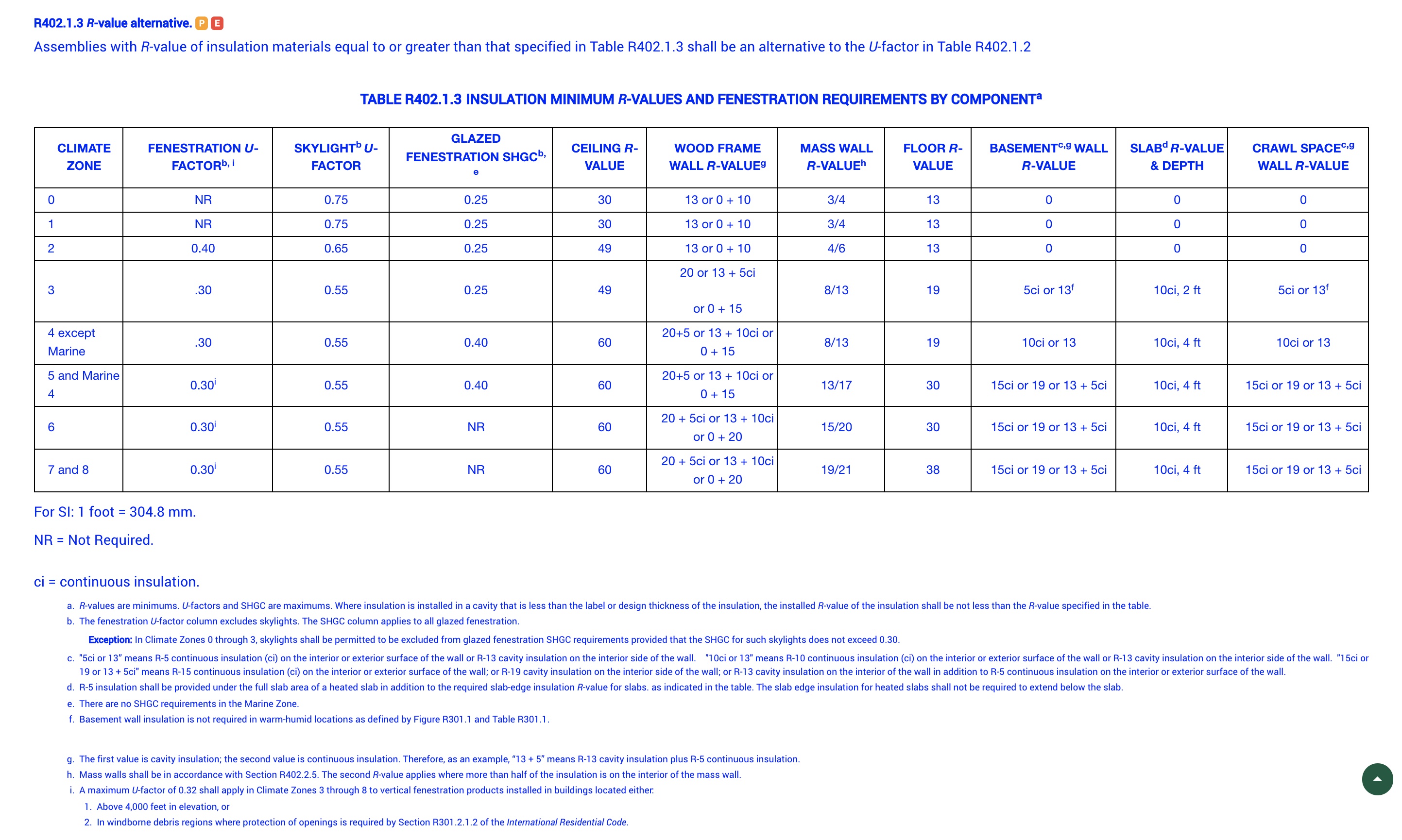
Increased prescriptive slab insulation
- 2 feet at R10 in Climate Zone 3
- 4 feet at R10 in Climate Zones 4 and 5
Basically, you need to dig a deeper hole.
Two more basic 2021 energy code requirements
- Ducts in conditioned space will have to be tested for tightness in all new dwellings.
- The code will require dimmers, occupant sensor controls, or other controls for most lighting fixtures.
On top of meeting the basic code, you'll need to score 5% higher on your Energy Rating Index (ERI) or up your game in one of the following:
- Insulation and glazing
- Heating and cooling
- Water heating
- Ducts entirely within conditioned space
- Air sealing and ventilation
ERI thresholds are lowered between 5 and 8 points depending on the climate zone, representing a 9% - 13% increase in energy performance.
Also, the amount of credits available for onsite renewable energy has been limited to 5% or less of energy use.
The current ERI requirement in zone 5 is 55. The numbers go up and down by one for zones above and below zone 5 (56 for zone 4, 54 for zone 6...).
EXTRA CREDIT:
For jurisdictions who like to go above and beyond the minimum requirements, there's an optional Residential Zero Energy Appendix that requires even further increases to energy efficiency requirements coupled with a significant amount of onsite generation.
There is information all over ProTradeCraft about how to actually build or retrofit building assemblies to hit these new code targets. Many are likely in the 'related content' module directly below this article.
